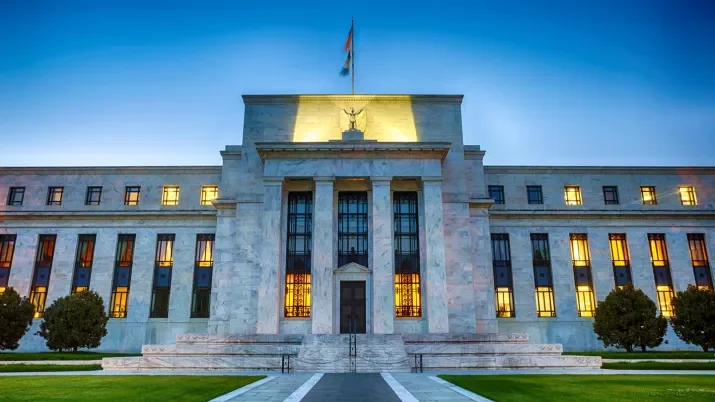Another One Bites the Dust
Sadly this is not a review of the new Queen biopic, it’s a eulogy to a bond which was called today that is as well known in the securitisation world as Freddie Mercury is in the real one – Paragon Secured Finance 1 (or PSF 1 as we knew it).
PSF 1 was issued in late 2004, and was a securitisation of second lien mortgages originated by Paragon Group in the early 2000s. It was a deal we started buying in 2010, when the world was a very different place.
Paragon had made the decision not to call the bonds issued from PSF 1, along with many of their other deals, years beforehand, given it would have been very uneconomical to do so as they could not refinance them anywhere near the original level. This meant that, theoretically, the bonds would be outstanding as long as the mortgages were. Eight years later the deal has finally been called, but it’s fair to say that no-one bought the deal in 2010 assuming that would be the case – our underwriting process had to come down to the analysis of the collateral pool and the structure.
At the time the pool had a high degree of long term arrears, on loans worth around 10% of the outstanding pool. The macro outlook wasn’t great, the ability for borrowers to refinance wasn’t great, so why were we convinced that this was a good idea?
For a start, the level of long term arrears had built up over five years, but was relatively stable. On top of this, any loan that was more than one year in arrears was written off out of excess spread – the profit margin that was going back to Paragon – which was junior to all the bondholders. As the loans were second lien, the borrowers were paying a high rate of interest on this small part of their total borrowings (the average rate was around 9.5%).
Given the bonds issued were mostly AAA rated with a coupon of Libor plus 0.4%, with the two lower rated tranches paying margins of Libor plus 1.5% and 2%, you can see that even including the arrears there was a lot of margin available to cover losses (between 5%-7%) if these long term arrears either got to the one year point or were foreclosed with losses beforehand.
As well as this, there was a reserve fund that was approaching around 8% of the size of the loan pool, and with the 12 month write-off mechanism and the actual losses after foreclosures being covered by excess profit, plus the normal level of prepayments and repayments, the loan pool was shrinking. The reserve fund was therefore growing as a percentage of the outstanding loans, meaning the deal could withstand continual deterioration when in fact performance was stable as discussed.
So this deal that on the surface had a low quality, second lien pool, at a time of material macro stress, was actually a viable investment, and one that we bought at a range of prices between 60 and 70, but sold a few years ago near 100.
Why raise it now given we haven’t held it for a while? Not just for the sentimentality, but given the pressures that markets are currently feeling from Italy, trade tensions, global growth data and earnings season, having high conviction on fundamental credit gives you the courage to invest at cheaper levels. For us, PSF 1 is a timely reminder that the world has been in a much, much worse place that it is now.




